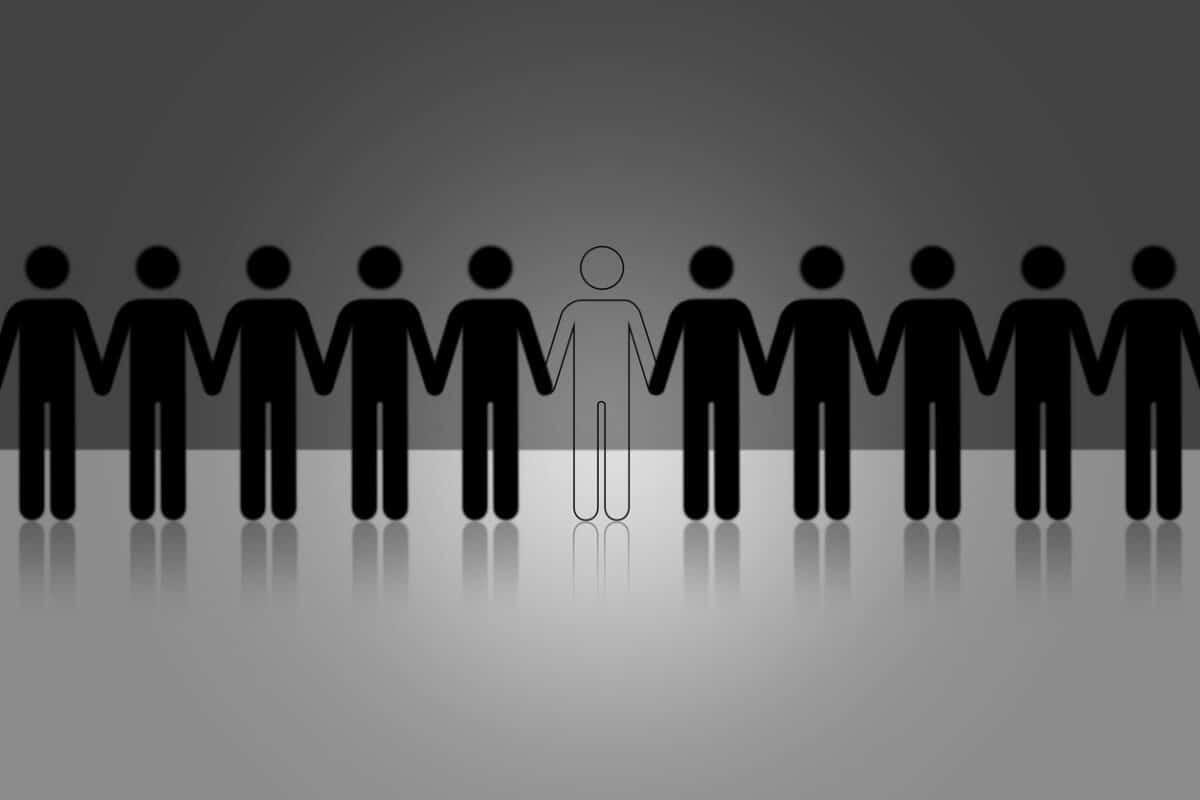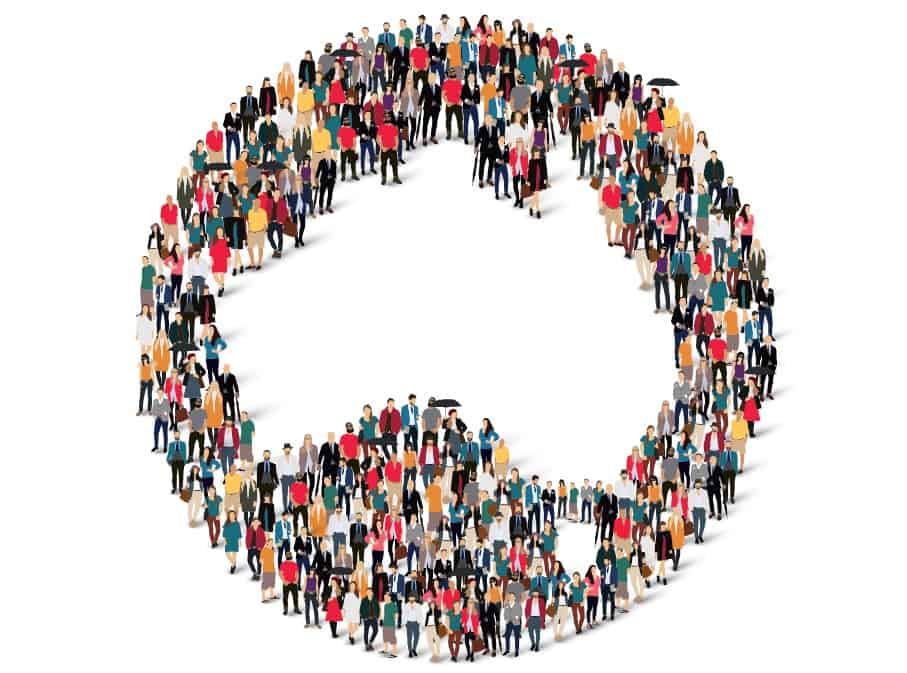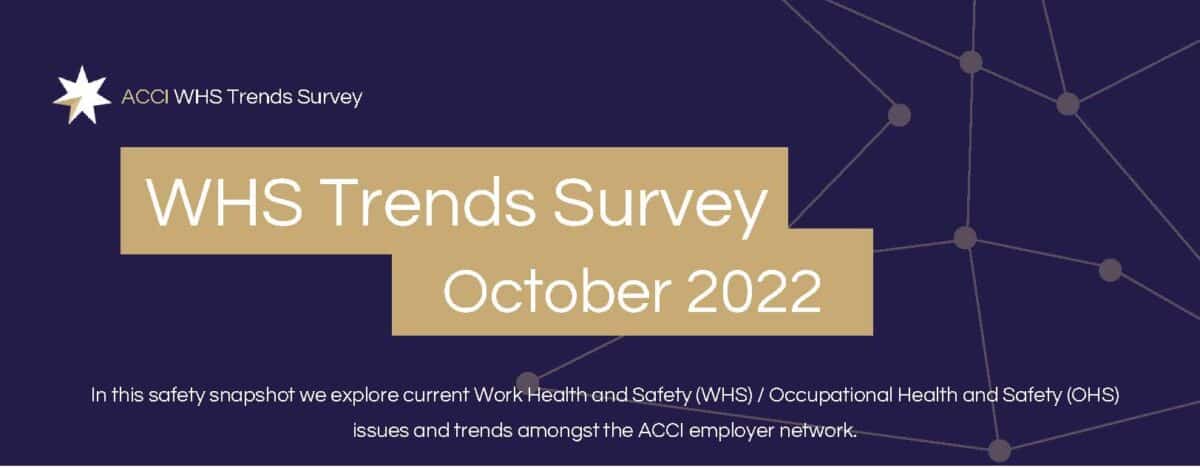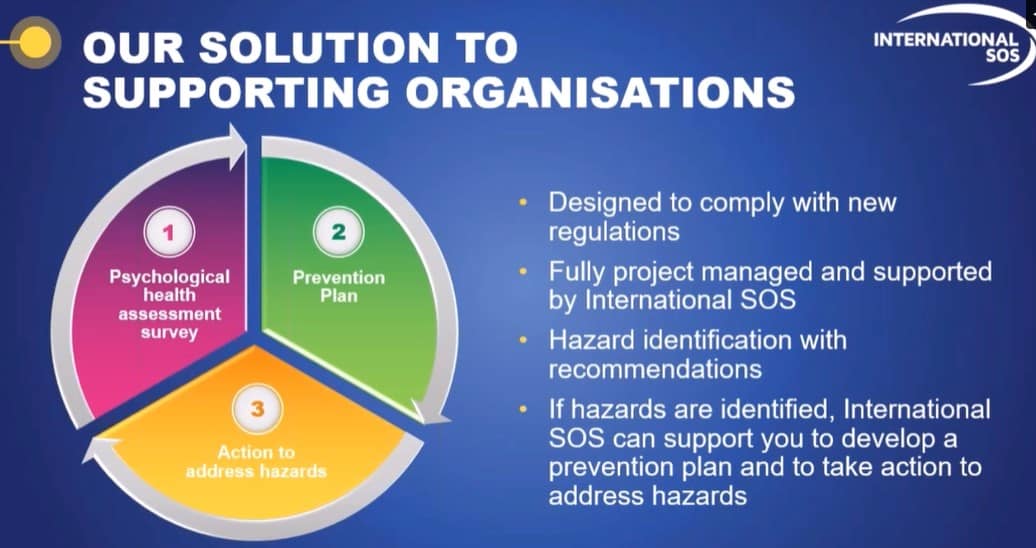Why does this blog keep writing about workplace suicides? For decades, occupational health and safety (OHS) policy has been determined and measured by traumatic physical fatalities. Psychosocial policies need to be determined and measured by work-related suicides. But to achieve this starting point, the stigma of suicide needs addressing. Recently Professor Sarah Waters and Hilda Palmer conducted an online seminar about workplace suicides and including them as notifiable incidents under the United Kingdom’s Reporting of Injuries, Diseases and Dangerous Occurrences Regulations (RIDDOR) laws, Australia needs a similar discussion.
Category: statistics
New OHS data but few solutions
Safe Work Australia has released its latest statistical profile on work health and safety in Australian workplaces. All of the information in the report is interesting and relevant; most of the information is positive or an update of what was already known. But there are things missing.
The most obvious limitation of these statistics is that the primary source remains workers’ compensation claims data, which may take years to resolve. We know that this data source is not representative of the level of injuries and harm in Australian workplaces. SWA points out that additional sources are used, such as media reports and notifications from local jurisdictions, but these are of variable quality.
Curious economic modelling on OHS
During October’s National Safe Work Month, Safe Work Australia released an important evaluation of the economics of occupational health and safety (OHS). The report, prepared by Deloitte, received minimal attention from the mainstream media who was more focussed on Treasurer Jim Chalmers‘ first national budget statement.
The timing of the report’s release seems unfortunate as work health and safety was almost totally absent from the Treasurer’s budget papers. It is doubly unfortunate as the information in the report focuses so much on the national economic context of managing OHS. The data and modelling may be fresh, but all it seems to achieve is to reinforce that managing work health and safety is important and that not doing so is expensive and presents missed opportunities. We’ve known this for decades from various extensive reports from the Productivity Commission and the Industry Commission before that.
SafetyAtWorkBlog was able to put some questions to Safe Work Australia’s Director, Data Analysis, Phillip Wise.
Fascinating trend survey that is really a snapshot
The Australian Chamber of Commerce and Industry (ACCI) has released a fascinating report into occupational health and safety (OHS) trends in Australia. As with the survey report by the Australian Council of Trade Unions earlier this month, the results are far from representative of the Australian population. In fact, the ACCI report is based on only 86 respondents.
The small sample limits some of the conclusions made by ACCI’s Director WHS Policy, Jennifer Low, but regardless, the report provides some insight into the OHS priorities, concerns and OHS literacy of ACCI members.
Psychological regulations and control
Recently International SOS conducted a webinar on workplace psychosocial hazards and controls. Parts of it were clearly marketing and promotional, but some of the speaker’s content was fascinating and useful.
The seminar’s structure was good because it included a global perspective and a local Australian. The speaker from a worldwide standpoint, Dr Rachel Lewis, used financial figures to illustrate the seriousness of workplace mental health risks. These involved annual costs to employers, costs of workplace stress and other figures in the billions. This approach encourages a misunderstanding of the audience for workplace mental health seminars and the occupational health and safety (OHS) approach to the hazard.
It’s not the size of the data, it’s what you do with it
Companies and clients continue to require numerical reports on the safety and health performance of their workers and suppliers. These measures mean very little to the improvement of the safety and health of workers but they continue to be required. Much of this is safety clutter but at a recent occupational health and safety (OHS) conference Professor Sharron O’Neill offered some hope.
Not all suicides have a mental health condition
Most suicide prevention conferences I have attended have been dominated by mental health analyses, strategies and spruikers. The slow change in that dominance began around Professor Allison Milner’s research in 2018 and her questioning of the evidence of a mental health base but stalled with her untimely death a year later. A recent research paper in the American Journal of Preventive Medicine may be the spark to reignite the discussion on suicides that do not have a mental health connection.







